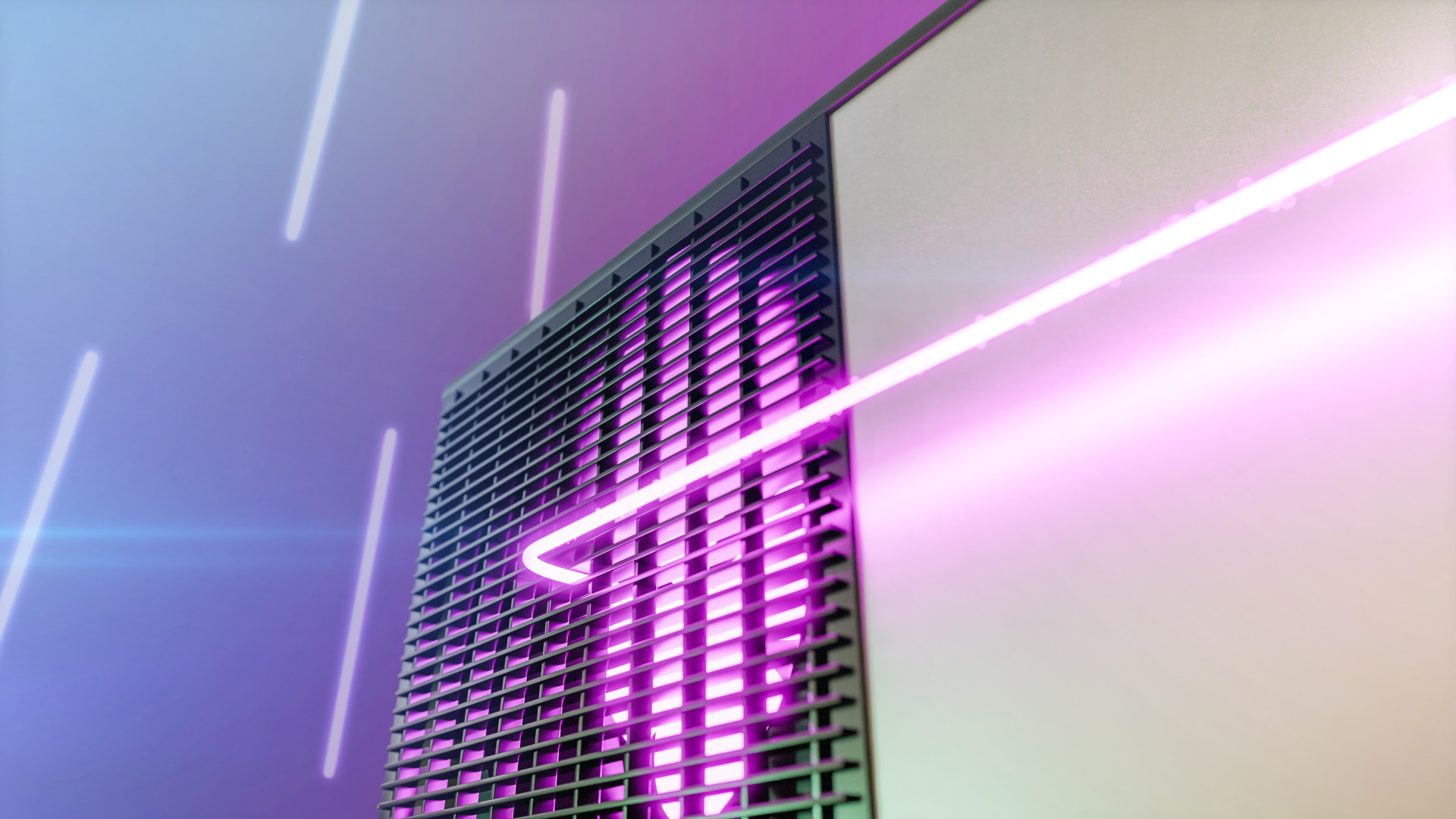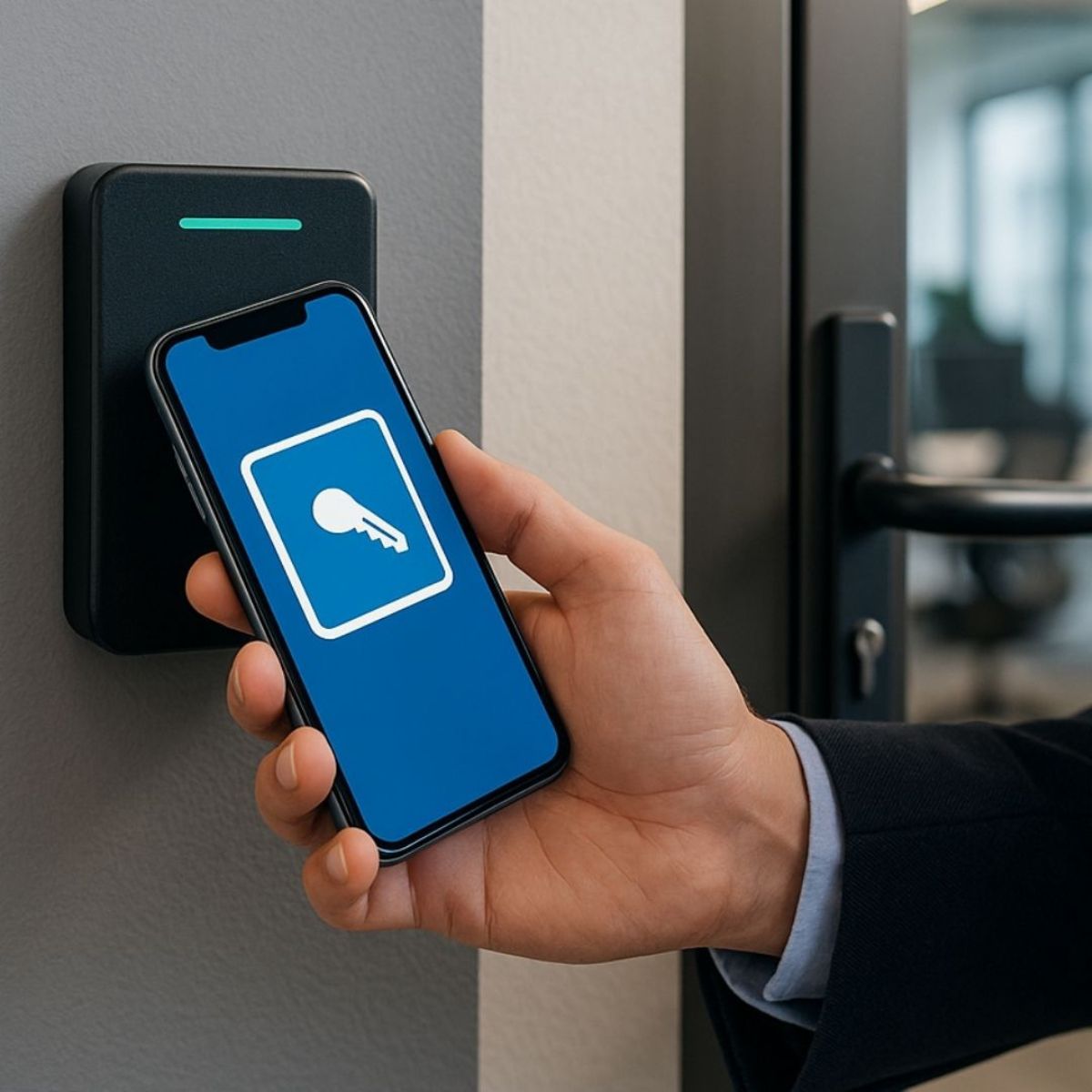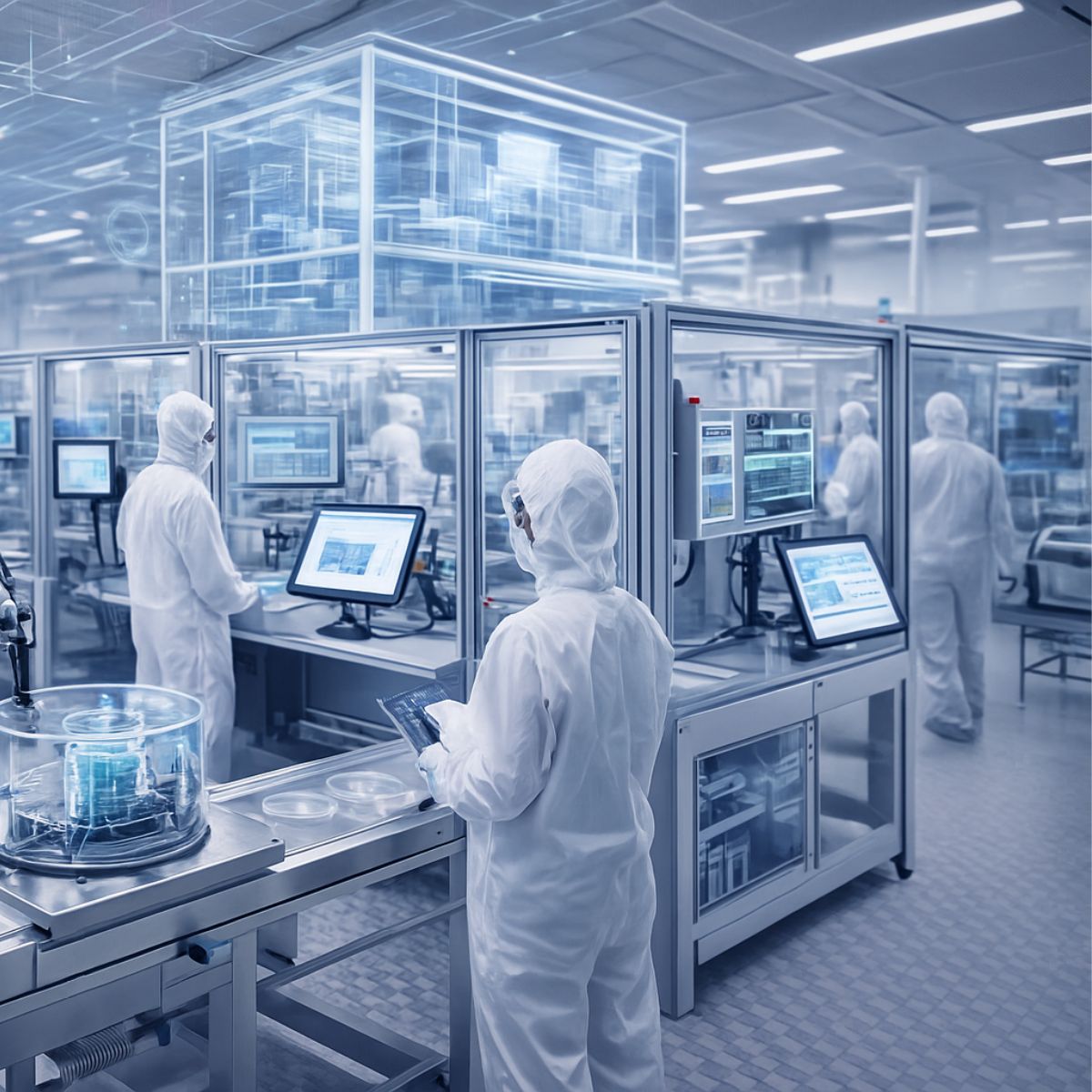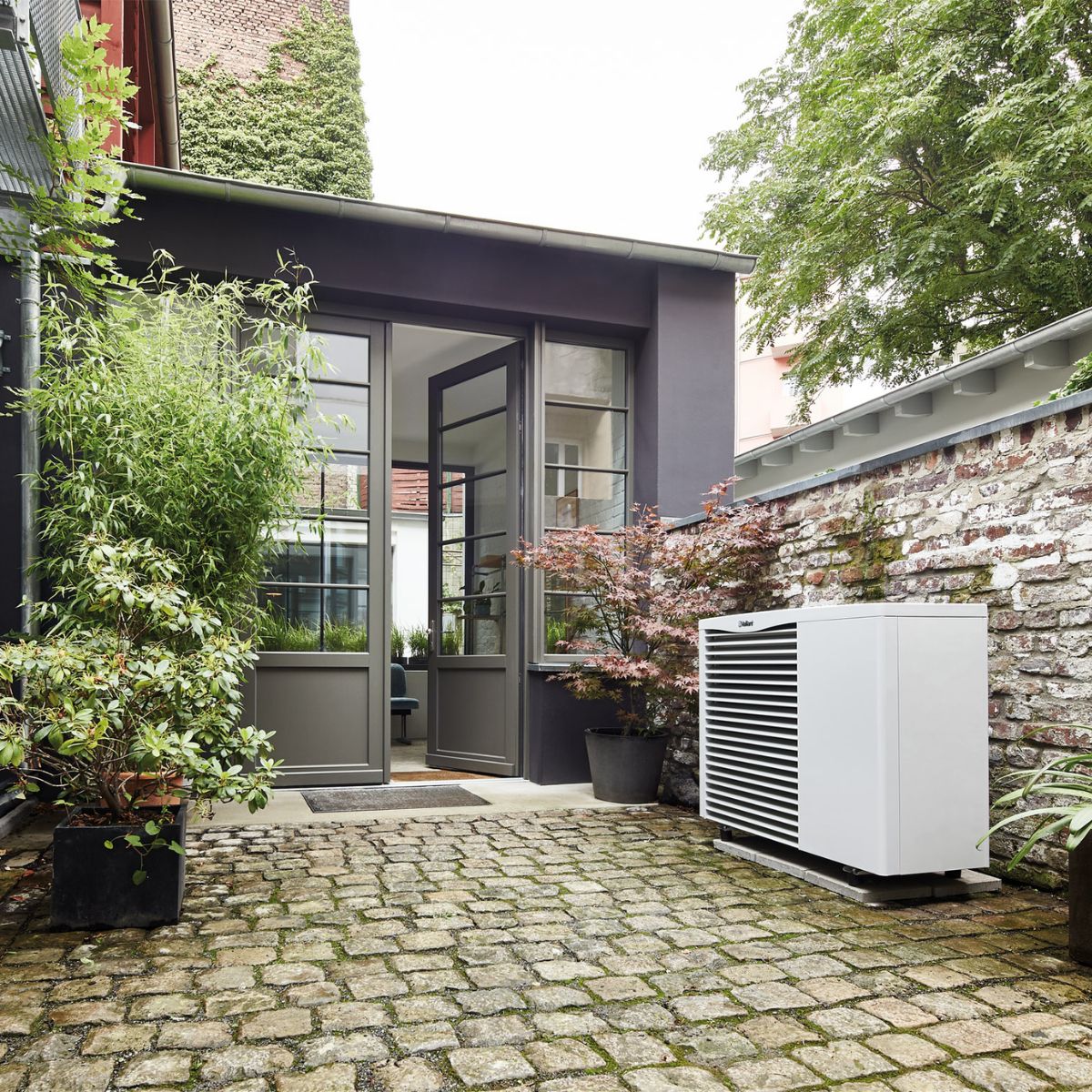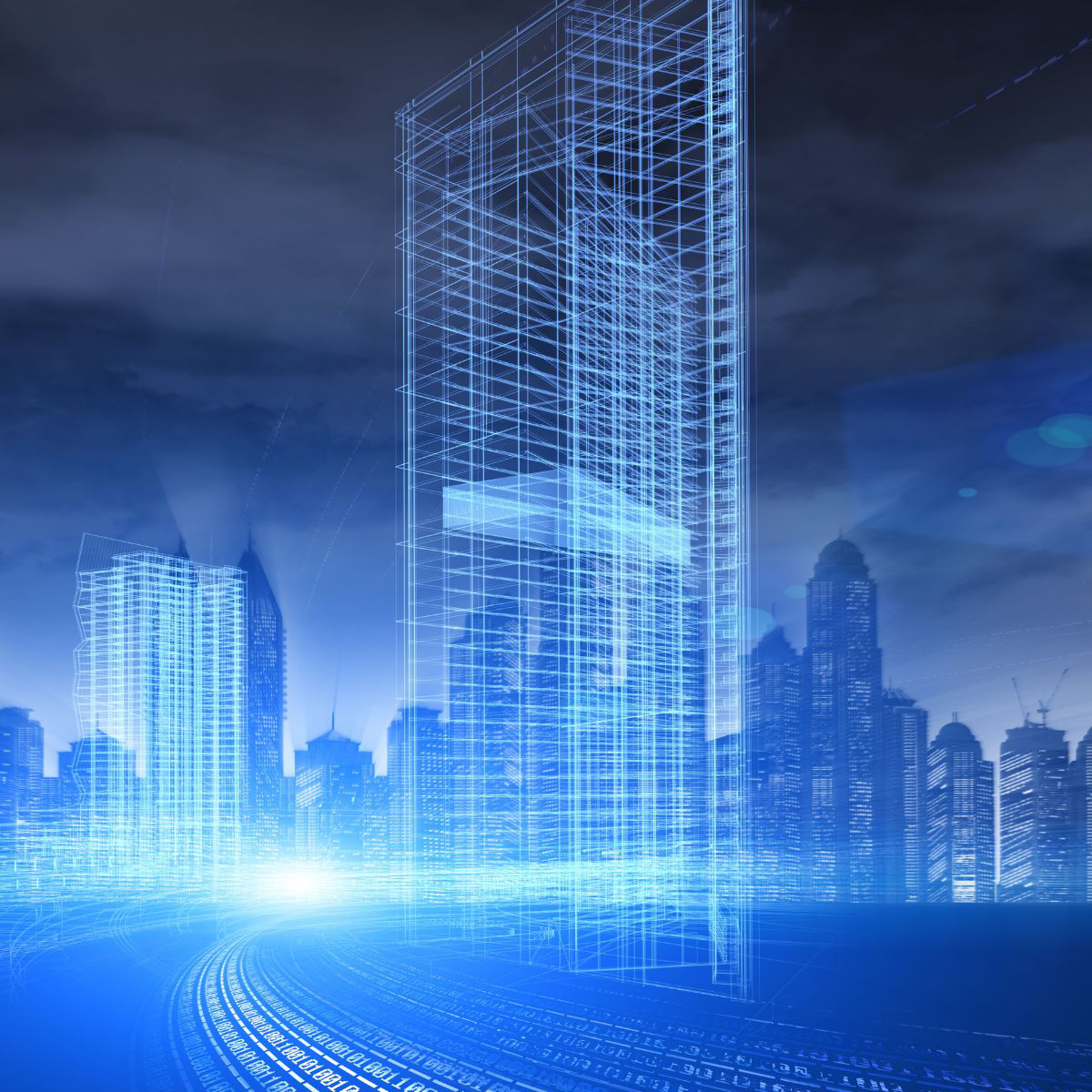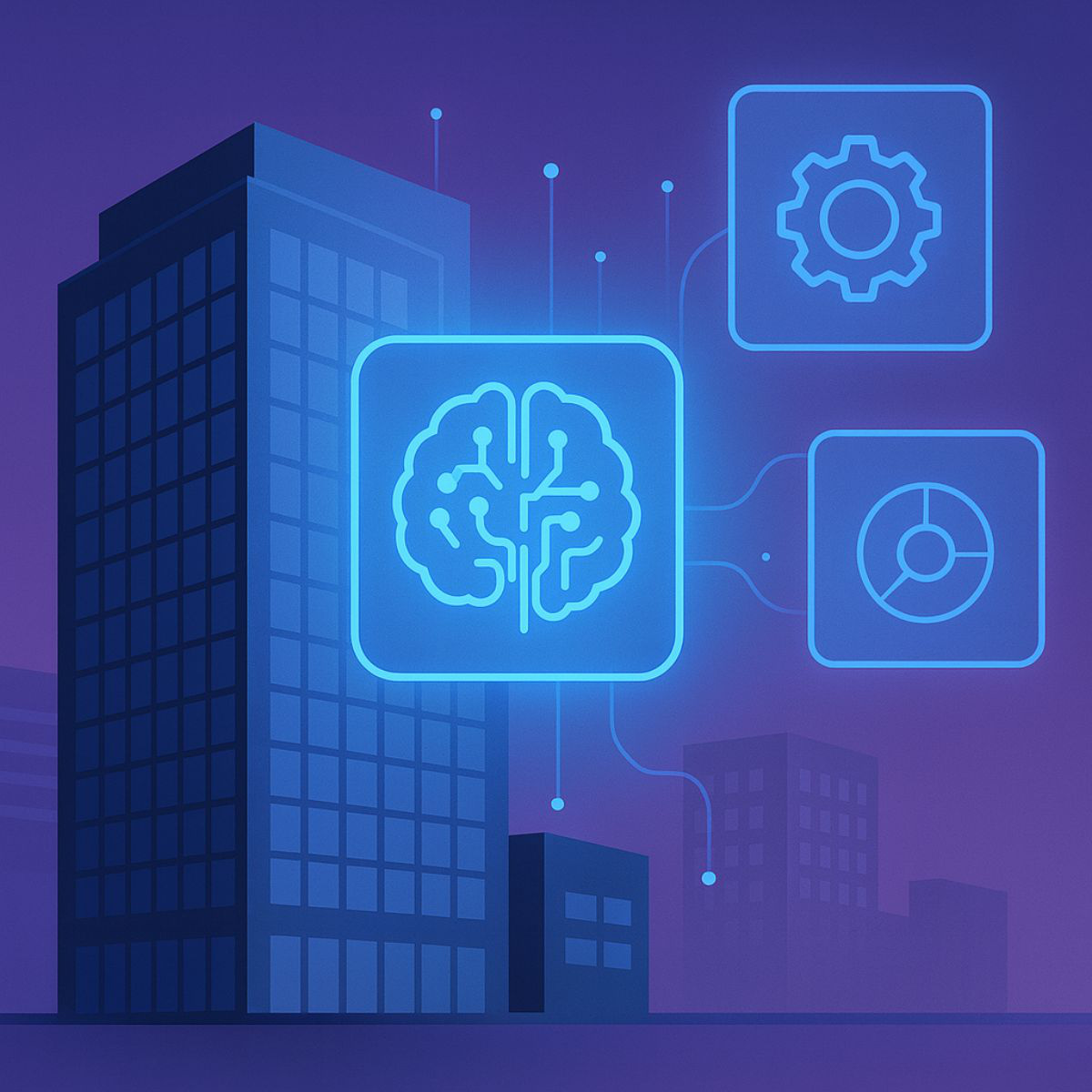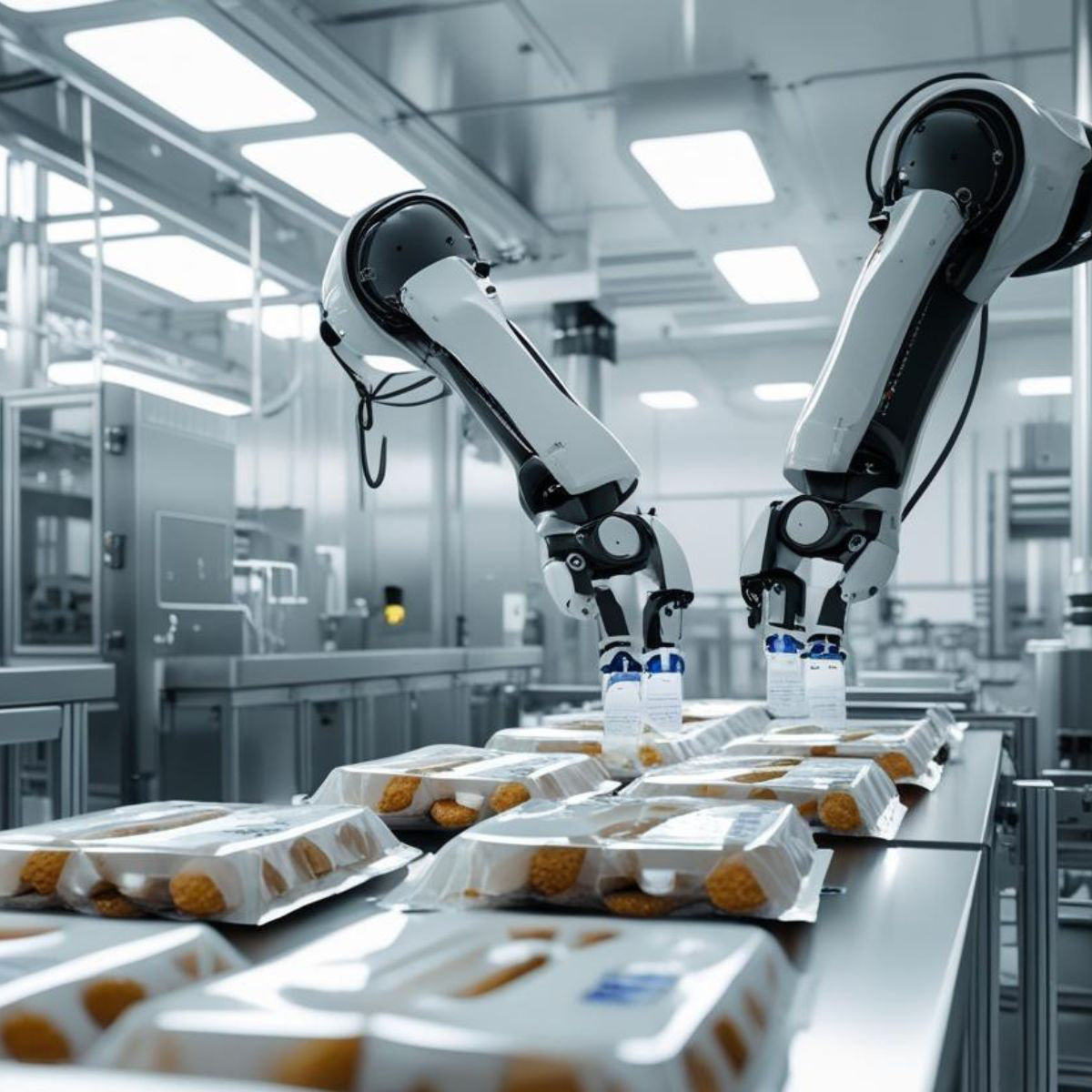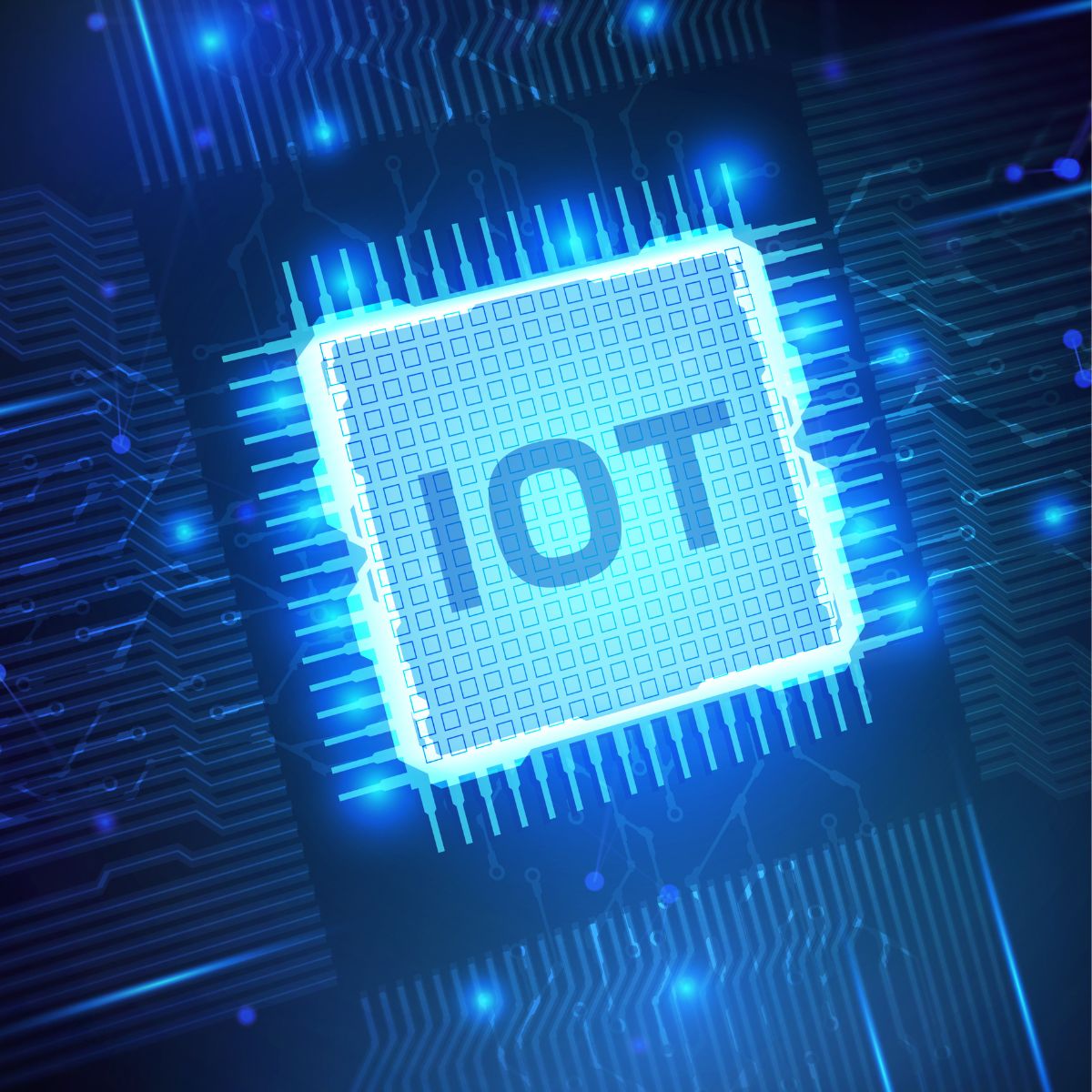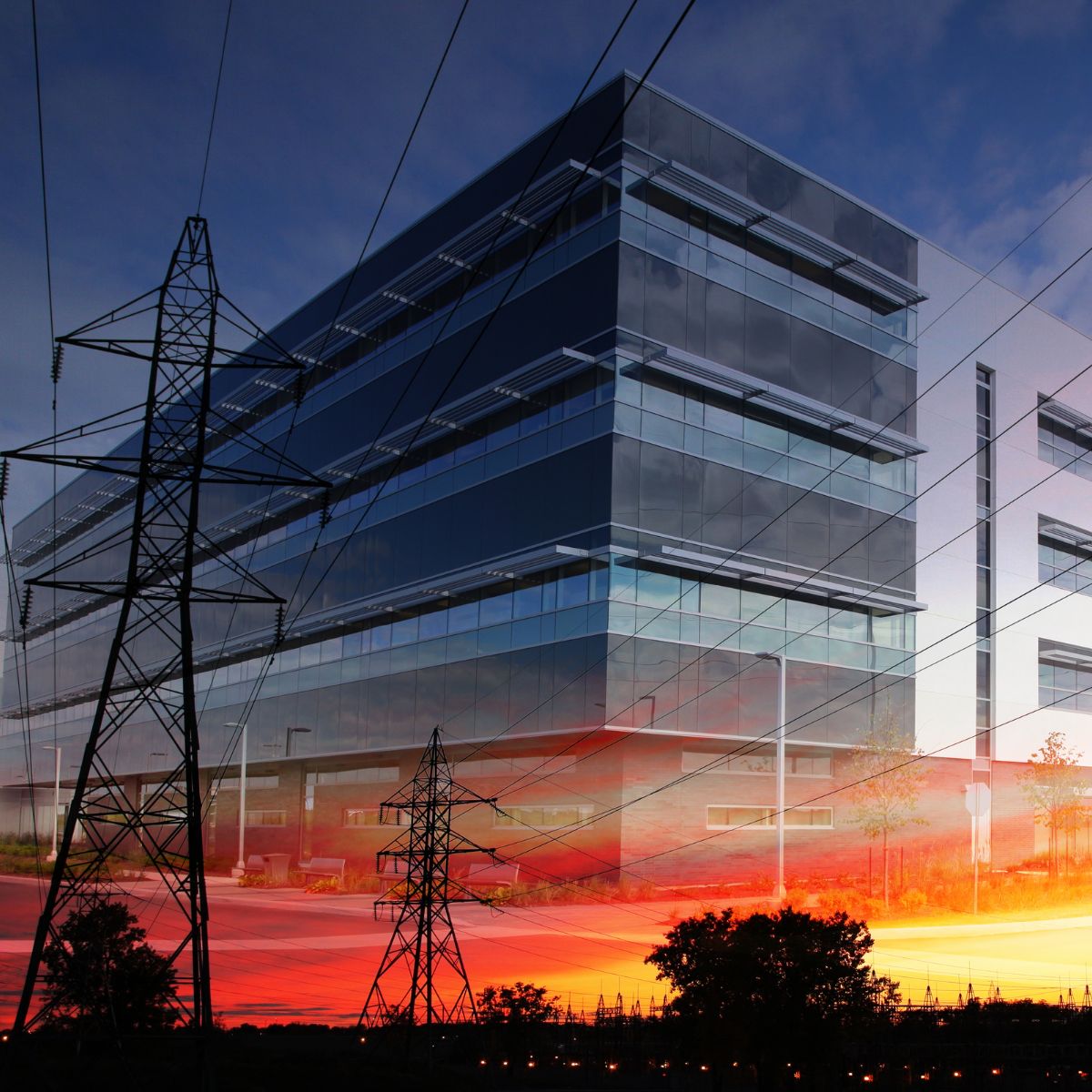HVAC systems are key elements of modern building technology. Automation and intelligent networking ensure a comfortable indoor climate, reduce energy consumption, and support renewable energy use. AI and automation also enhance safety while simplifying maintenance and operation.
Reading time: 2 minutes
HVAC Systems: Maximum Control of Indoor Climate and Purposeful Cooling
Future-oriented air conditioning systems rely on intelligent temperature and humidity sensors. AI monitoring of all parameters enables smart control of interconnected systems, creating the optimal indoor climate with minimal energy consumption. For example, depending on the outside temperature, doors and windows can be automatically adjusted to improve indoor air quality and reduce unnecessary use of air conditioning. Excess humidity is removed from the indoor air, which helps prevent mold and promotes health by minimizing the spread of germs and bacteria. Whether in conference rooms or residential spaces, innovative air conditioning systems will increasingly monitor and address all factors important for sustainable climate control in the future.
Innovative cooling technology, especially in industrial applications, allows for the efficient use of energy through smart monitoring and control. Poorly configured cooling systems are notorious energy guzzlers, but with proper planning, demand assessment through smart applications, and automated control systems, they can be replaced with sustainable, future-proof alternatives. At the same time, connected cooling technology systems are becoming more adaptable and can be applied to a wider range of industries.
Heat Generation
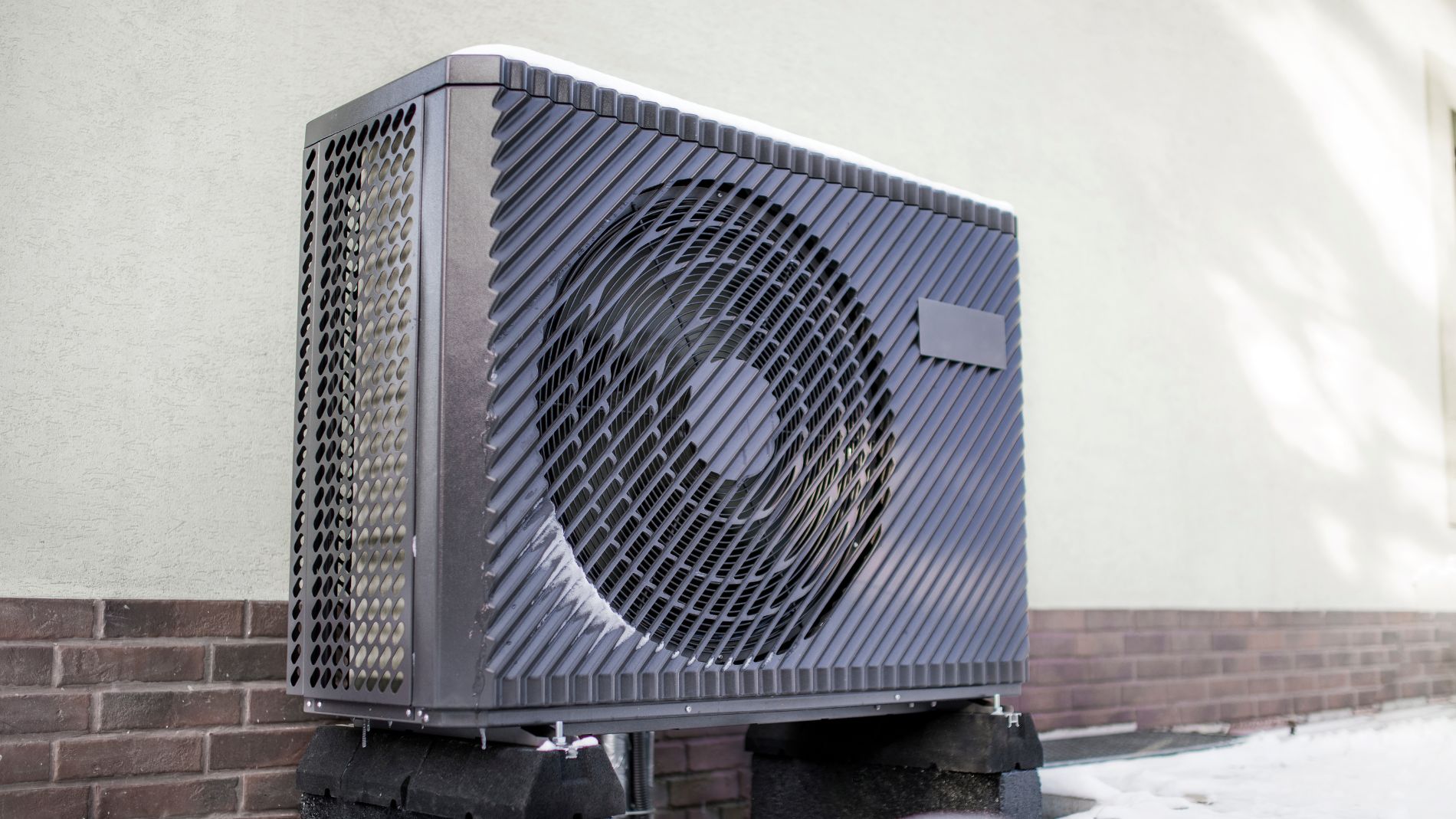
Future-ready heating systems enable sustainable heat generation. AI-supported system automation, smart climate monitoring, and the networking of all heating systems play a major role in reducing or optimizing energy consumption. The focus will increasingly be on electric heating systems such as heat pumps, as well as underfloor heating and solar thermal systems. Innovative heat storage systems will also become more important in the future. With the increased use of renewable energy, the goal of the energy transition in the building sector can be achieved more easily.
Summary: Smart Building Technology for the Sustainable and Healthy Indoor Climate of the Future
Intelligent and automated building technology will be indispensable in the future, not only for HVAC but also for heat generation in residential and commercial buildings. Even during the planning stages of a building, the digital implementation and networking of climate control systems and intelligent monitoring and automation components can contribute to sustainable operation. By increasing energy efficiency, smart building technology not only enables cost savings and environmental friendliness but also enhances comfort, safety (e.g., fire detection and alarm systems), and health through clean air – all increasingly vital in modern buildings.
FAQ
How does smart HVAC technology contribute to future-ready residential and commercial buildings?
Innovative heating, ventilation, and air conditioning technology is intelligently interconnected. By integrating smart analysis and control technologies, the energy consumption of all indoor climate systems can be optimized, saving costs and making the building more eco-friendly. At the same time, these systems are increasingly incorporating renewable energy sources, which significantly reduce the CO2 emissions of the building sector and help achieve climate goals faster.
What technologies are used in modern heating, ventilation, and air conditioning systems?
In future-ready buildings, all HVAC systems will be coordinated and interconnected. Smart sensors, AI analytics, and the communication between relevant systems will help determine needs and optimize the indoor climate through intelligent building technology controls. Technologies like heat recovery and the increased use of renewable energy will reduce CO2 emissions, contributing to an eco-friendly indoor climate.
What must future-ready HVAC systems be capable of?
Intelligent HVAC systems must not only create a comfortable indoor climate. Through smart networking, demand analysis, and the integration of renewable energy sources, they should enable the most energy-efficient operation possible. Additionally, they should offer enhanced safety (e.g., fire protection via automatic smoke and heat extraction) and be user-friendly. A clear need exists for interface technology: systems must be easy to interconnect across manufacturers to facilitate future implementation.
